The Tavern of Aquino is an ancient building with lands on a rocky hillside bordering the city's historic centre and its origins were truly a mystery that the tenacity of the owners has revealed.
It is located near the Temple of the Madonna della Libera and has access to both Via Soldato Ignoto and Via Taverna Vecchia. The original building dates back to the 16th and 17th centuries and is depicted in an old print depicting it from a spot at the bottom of the valley (Fig.1).
A particular aspect of the old building, as of the current building, is that it was built against the walls and on the bottom of a large Roman cistern.
According to what has been handed down, the tavern in the distant past was a place of refreshment for local tourists and travelers along the nearby Via Latina. In the early eighteenth century, the building ceased its old activity and became a farmhouse, and in 1900, the owners Spezia restored it. They expanded the building and changed the land use to make it a noble family residence.
For its past role, the citizens wanted to name the street where the old entrance was found, Via Taverna Vecchia, to remember the place.
During the Second World War (1943-1944), before the front was stopped at Cassino, the palace was required by the Germans and was commandeered. At that time, the basement of the building was used as a refuge and equipped with a security exit by digging a tunnel into the wall of the Roman tank and in the rock for about eight meters to create an opening in the garden.
During the war the building was severely damaged and only in the 1960s the Spezia heirs began the reconstruction and created in the garden a small park of archaeological finds, already existing on the site.
The tavern has a certain archaeological interest because, as already mentioned, the walls of the building rest on those of a large cistern of Roman times that forms the foundations.
This construction has the shape of a parallelepiped without the top, with a capacity of about 400 m3 (dimensions are 14 x 80 x 9.80 meters and with a height of 4.0 meters) (Fig. 2- 3).
Its walls are in direct contact with the rock, they have a thickness of 60-70 cm and are made up of "Opus caementitium" according to the Roman technique of making concrete. On the inner walls there are still small traces of "cocciopesto" (mortar of crushed bricks and lime) that had the function of making them waterproof (Fig. 4-5).
It has been shown that the reservoir in antiquity was connected to a pipeline from the sources of Capodacqua, and it can be hypothesized that it was the "Castellum aquae" (the compensation chamber) of the second aqueduct of the ancient and important city of Aquinum, located on the opposite hill of the Valley.
The water could be used by citizenship and mainly by the industrial laboratories and dye-works for manufacture of woollen goods, well-known and also quoted by Horace in his poems. These industries in the 1st century BC were owned by M. Barronius Sura duoviro (magistrate) of the city. Perhaps the aqueduct was built by him because some of the fountains in the territory are engraved with his name.
For cultural purposes, the archaeological finds in the Tavern garden and the Roman walls of its "reservoir" have long been included in the itineraries of guided tours of the various Aquino monuments and those of the "Annual Archaeological Walking" organized by the City Museum were part of FAI's initiatives at Aquino (Fig. 6).



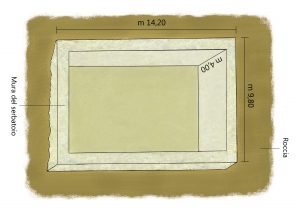

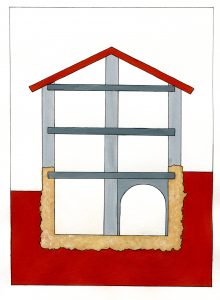
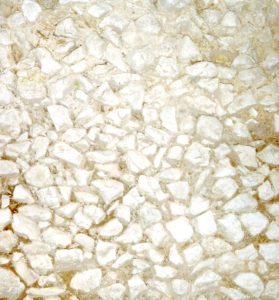
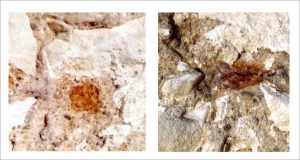
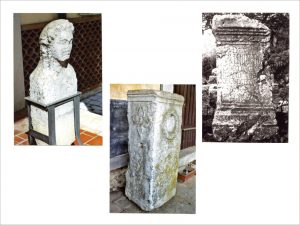



Follow us